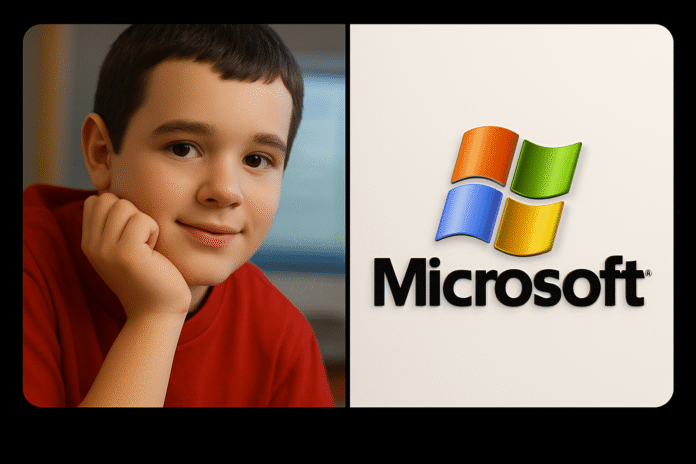In the sprawling landscape of tech lawsuits, few stories get more attention than the saga of MikeRoweSoft, a playful pun by a 17-year-old Canadian kid named Mike Rowe. This was not your average domain squabble—it was a rare showdown where a high school teenager squared off against Microsoft, the planet’s largest software titan. And the internet was all in. This piece goes way beyond the boilerplate headlines. We’ll dig into hidden facts, legal twists, media reactions, what happened after the dust settled, and how the saga has settled into the record books of the web. Buckle up while we look at the Mikerowsoft case through a fresh, focused lens.
1. Who Was Mike Rowe, and Why Did He Register Mikerowsoft.com?

Seventeen-year-old Mike Rowe was a normal kid from Vancouver, Canada. When he wasn’t juggling homework, he was glued to a keyboard, learning HTML, Photoshop, and how to launch a small freelance web-design business in 2003. He wanted a web address that sounded both clever and a little corporate, something that could pass for a tech brand.
That’s how “Mikerowesoft.com” popped into his head—a pun that wrapped his name and a chip at the software giant into two tidy syllables. To him, it was a wink and a nod, a way to look pro without the corporate heft. “Mike” was legit his name, “Rowe” was the kicker, and “Soft” was short for software, cute and innocent. He never dreamed the username would ricochet around the globe.
2. Microsoft’s Reaction: Legal Threats Over a Name
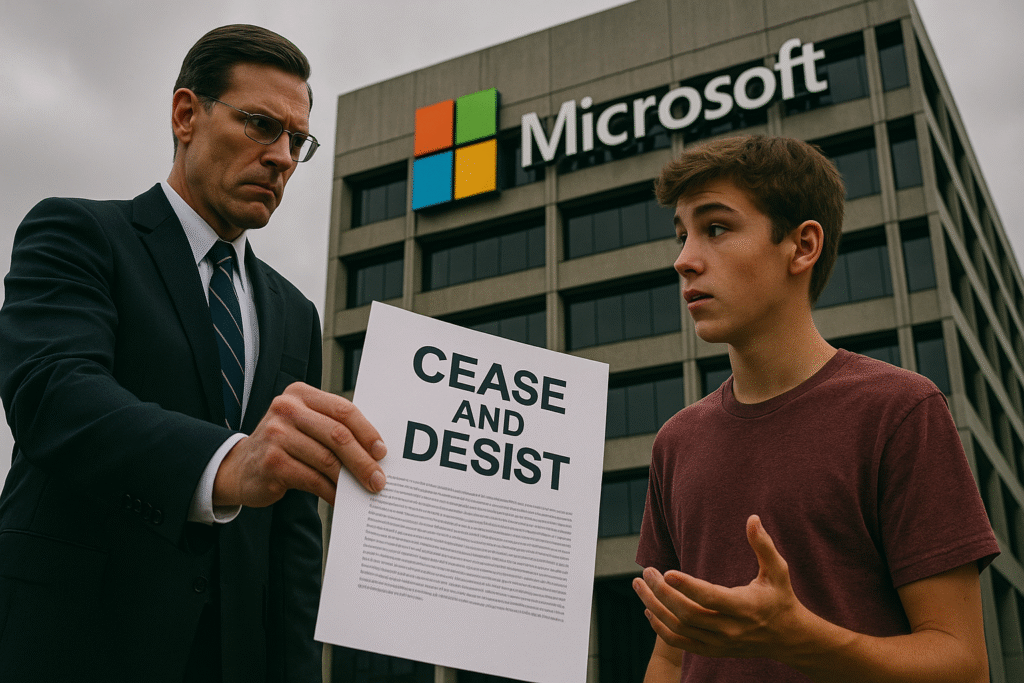
When Microsoft’s lawyers discovered Mikerowsoft.com, they cracked open a fresh box of caffeinated fury. The first step? A cease-and-desist letter claiming Rowe’s site stomped on their trademark and risked knotting brand identities into spaghetti.
To sweeten the pill, they waved a check for $10—the exact cost of registering the domain—hoping he’d hand over the keys. Rowe grabbed the pen and tossed back a goofy counter-offer: $10,000. Microsoft’s legal machine lurched into overdrive, slapping the “cybersquatting” labe on Rowe like a red sticker on a sale barrel. That term means hoarding web addresses just to sell them to the brand for a fat profit.
3. The Internet Explodes: Media, Memes, and Public Outrage
The saga snowballed across CNN, the BBC, Wired, Slashdot, and the kind of tech blogs that drink their coffee through a mesh filter. Rowe’s one-man stand became the meme of the moment, a David-and-Goliath rerun that encouraged virality like the universe had set it on “extra hot.” Support flooded in, a digital tsunami of emails, Facebook posts, and hand-drawn virtual picket signs. Talk-show slots, legal offers that didn’t want a check, and interviews faster than Rowe could say “Oops” showed up in his inbox. Mikerowsoft.com dug a foxhole in the web and watched 250,000 visitors parade through the same ethernet cable, a tiny roar that rattled the tech floors in Redmond.
4. What Microsoft Feared: Trademark Dilution and Brand Control
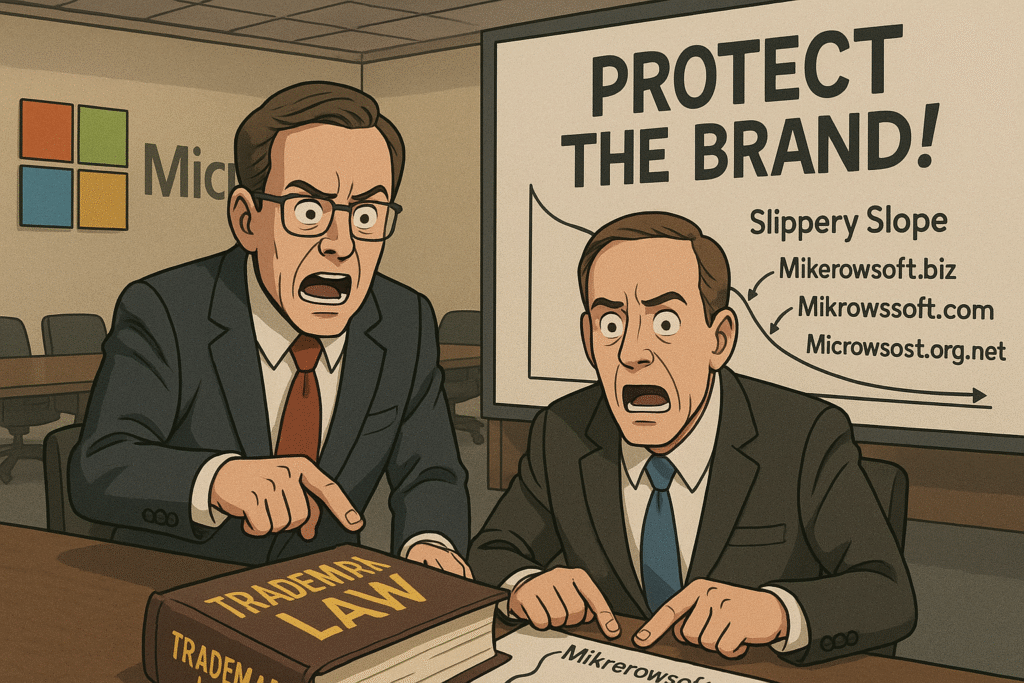
Though Mike meant no harm, Microsoft found itself cornered. U.S. and Canadian trademark rules say a brand must protect itself or risk watching the brand disappear. TheSecond they let Mikerowsoft.com pass, rivals could wave the case and line up with copycat joke URLs. Microsoft scanned the horizon and spotted the “slippery slope,” then decided they couldn’t ease off. Critics shot back that going after a 14-year-old with lawyers looked more like corporate snarling than corporate smart. While blowback grew online, the company risked wearing the “schoolyard bully” jersey during a wave of anti-corporate mockery.
5. The Settlement: Humor, Compromise, and Happy Ending
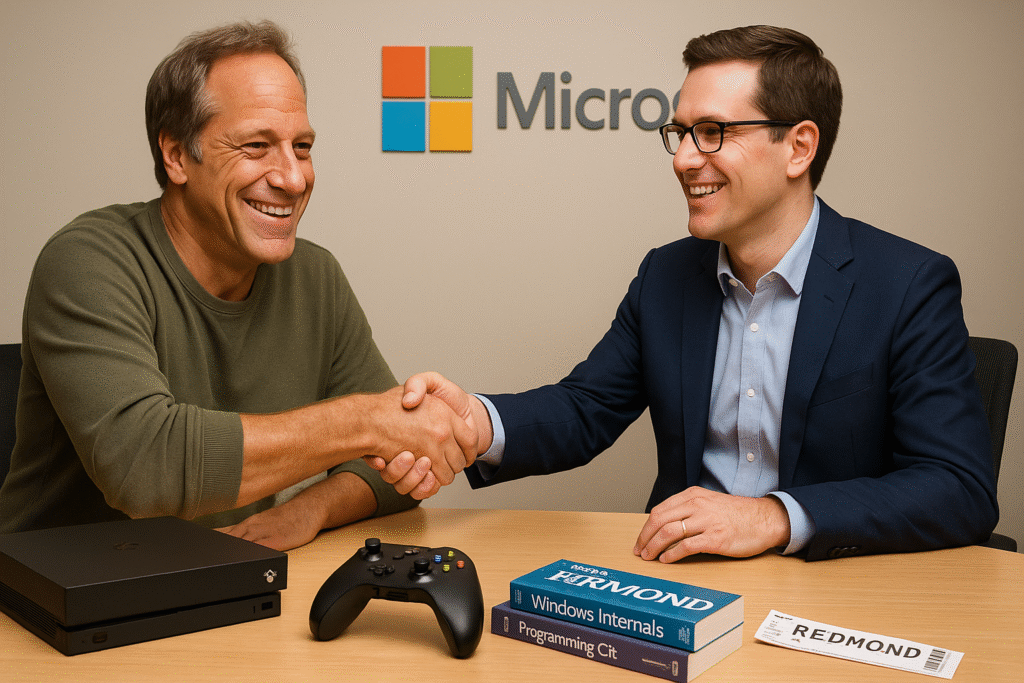
Island of yesterday’s web memes, the pressure kept rising, and a short and sweet accord landed in early 2004. Microsoft would foot the bill for Mike’s brand-new, joke-free URL, supply shelves of training books, toss him a shiny Xbox, and fly him to the company’s Redmond lair for a day of VIP-only circuits and gadgets. In exchange, Mike flipped Mikerowsoft.com to Microsoft, and the lawyers rode off into the sunset. He eventually admitted he didn’t see it getting this big. All he wanted was to protect his personal right to create art with his own name.
6. The Aftermath: What Happened to Mike Rowe?
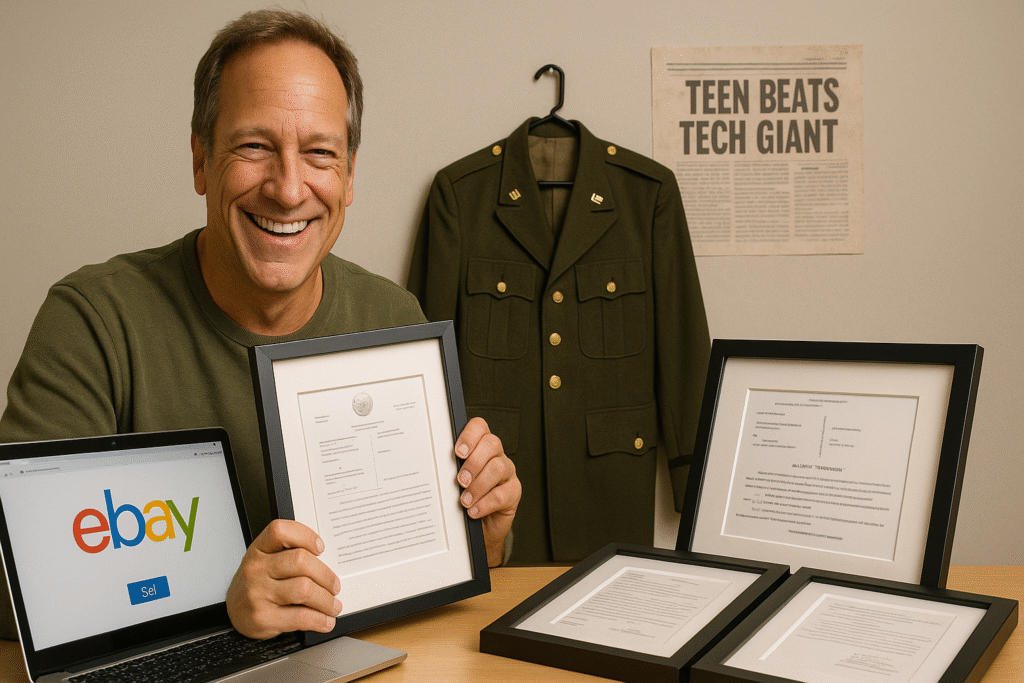
Right after the dust settled, Mike Rowe found himself an unlikely internet star. He put the actual legal documents up for auction on eBay and pulled in thousands of dollars. He pushed that money straight into his college fund.
Surprisingly, Mike didn’t stick with a tech career. He signed up for the Canadian military, trained as an aviation technician, and vanished from the spotlight. People still talk about him as the kid who went toe-to-toe with Microsoft and walked away a champion.
7. Lessons from the Mikerowsoft Case: What We Learn About the Internet, Branding, and Power
The Mikerowsoft saga became a blueprint for internet buzz and the art of fighting back against corporate muscle. It also showed how the media could tilt public opinion faster than a courtroom.
What we take away:
- Trademark law protects brands, but must be applied with fairness.
- Public perception matters: Microsoft lost in the court of public opinion, even if legally correct.
- Names matter: even a pun like Mikerowsoft can become a battleground for branding.
- The internet can elevate anyone: A teen with a $10 domain challenged a billion-dollar empire.
8. What You Won’t Find in Other Articles About Mikerowsoft
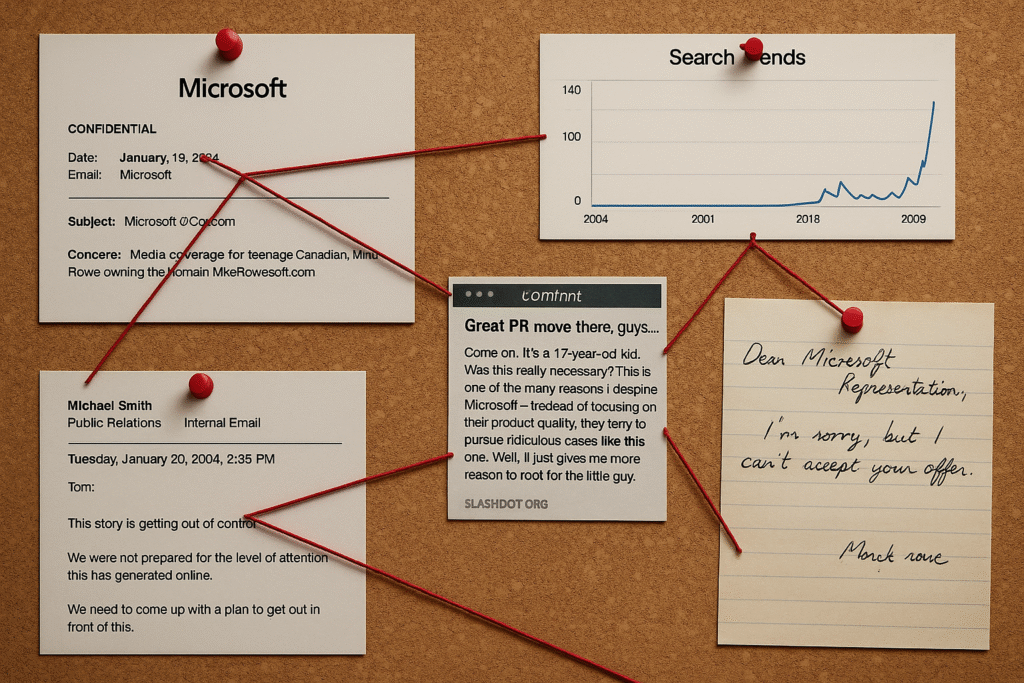
Unlike generic summaries, here are insights rarely covered elsewhere:
- Search spike stats: According to early Google Trends data, “Mikerowsoft” was one of the top tech-related searches in early 2004.
- Archived backlash emails to Microsoft from the public still exist in forums like Slashdot and Usenet.
- Internal memo leaks suggest Microsoft’s PR team was blindsided by how fast the story blew up.
- Domain flipping era origin: This case inspired hundreds of opportunists to register pun-based domains for resale, launching a new form of digital arbitrage.
- Influence on domain law discussions in ICANN and WIPO in the following years.
- Mike Rowe’s handwritten rejection letter to Microsoft’s first offer (unpublished at the time but later surfaced online in forums).
9. Why Mikerowsoft Still Matters in 2025
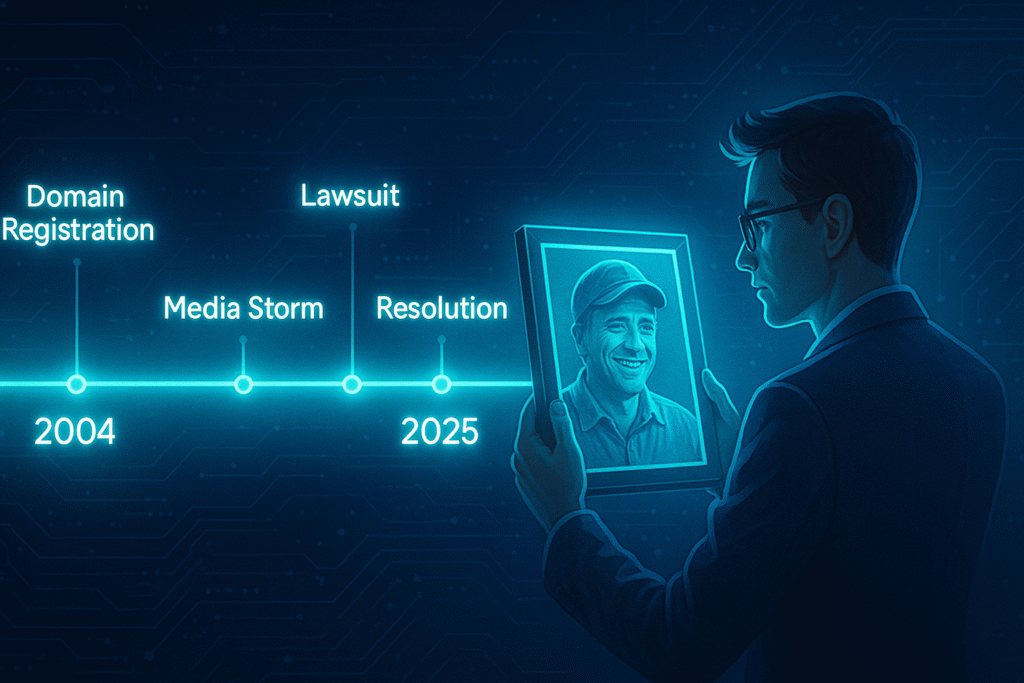
In a year when AI bots spin cartoons faster than the average lunch break, the Mikerowsoft fable stays fresh. It speaks to solo students who see college as a branding boot camp the same way it speaks to bootstrapped founders dodging venture bullets.
Startups and scrappy teens learn that even corporate laser sights can miss when a joke, rooted in the right cause, gathers street-team momentum. Surround an idea with enough grit and it can out-fund corporate lawyers.
Final Thoughts
Nobody debates that the Mikerowsoft spat began with a single domain, yet it roared beyond DNS records. It was a pop-culture interruption, a doctrine-in-the-making, and proof that the internet can shrink the distance between the behemoth and the basement studio.
Negotiating capsulates the choice: romanticize trademark independence or hold the line on IP, but don’t miss the subtext. A $10 dash for giggles wrote a legal footnote that’s still Twitter fuel today.
“Sometimes, a $10 idea can shake a billion-dollar giant.”


